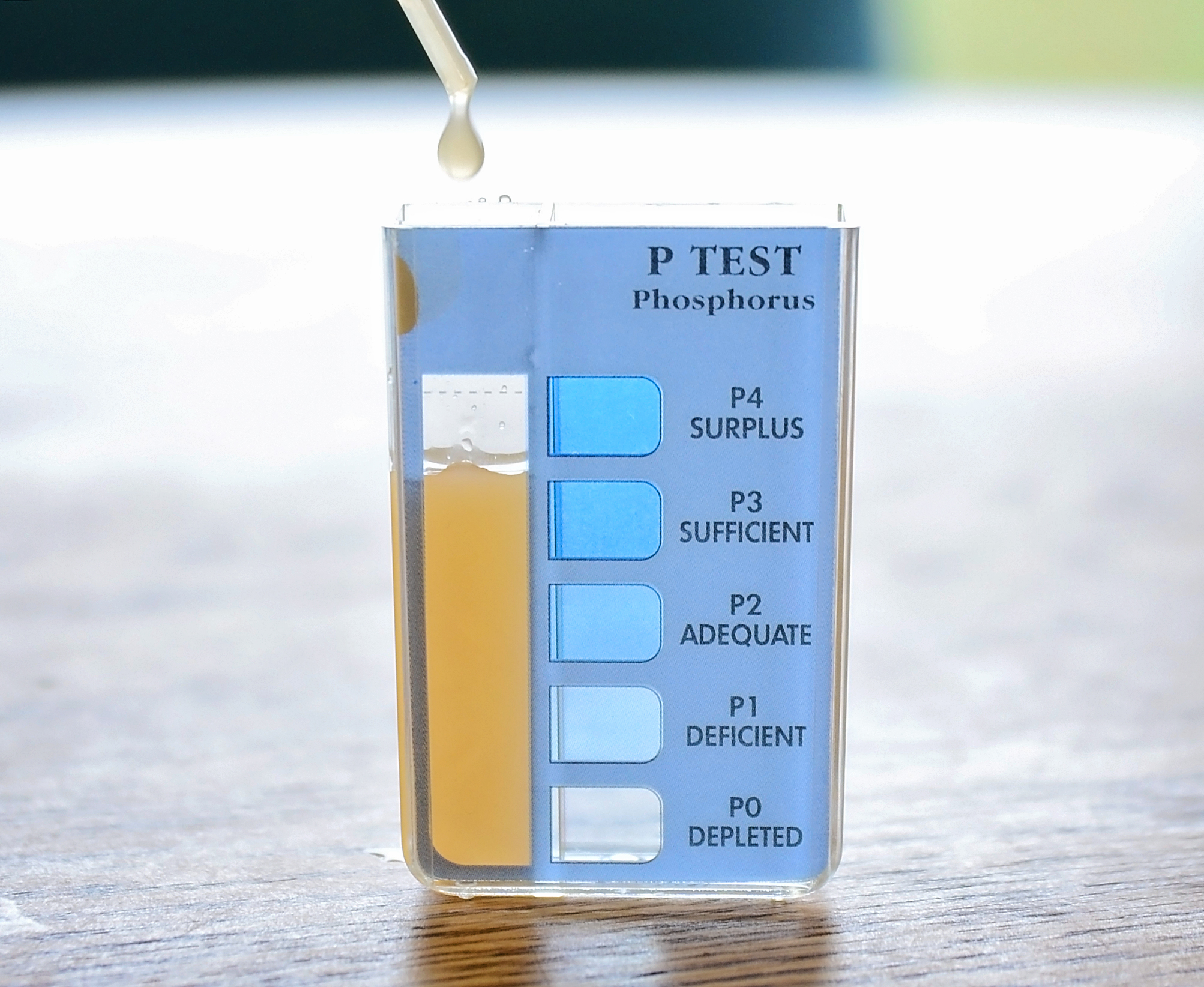Soil Testing 101: Scratching the surface
Just like a house, a garden should be built from the ground up, which means starting in the dirt. Healthy, rich soil provides the foundation for a thriving, abundant garden, and knowing what to do to create and maintain that soil is fundamental to growing great plants. So, let’s get our hands a tiny bit dirty and find out the basics of soil health!
The first step in this process is determining what’s in your soil and, more importantly, what it lacks. That’s where soil testing comes in. Of the innumerable soil-related factors that influence plant growth and health, the most basic are fertility and pH. Garden-variety soil test kits typically measure fertility in the form of three main nutrients: nitrogen, phosphorus and potassium, or N-P-K. On the most fundamental level, these three elements relate directly to vital aspects of plant development: nitrogen for green, leafy growth; phosphorus for root, flower, and fruit development; and potassium for overall plant health. The pH, or degree of acidity/alkalinity of the soil is critical to a plant’s ability to extract nutrition from the soil. Measuring these essential soil components can begin to point you in the direction to improving your garden.
The simplest in-home soil tests are designed with a probe that, when pushed into the soil, will trigger a meter to show the levels of fertility and/or pH. As a quick and easy measurement, they’re hard to beat—providing nearly instantaneous readouts with minimal effort. The fertility measurements will give you a baseline value, but since the tests typically combine the N-P-K levels, a more thorough analysis will supply the breakdown specifics for the individual three elements.
Enter the mad scientist chemistry test!
Not really.
To attain the next level of accuracy requires a slightly more complex process of testing, but it’s still easy to do. Our favorite kit involves mixing distilled water with a soil sample to make a slurry. After allowing the mixture to settle, you pour some of the liquid into a test chamber vessel, add a reagent, shake and wait a few minutes for a color to develop. Comparing your sample’s color with the test kit’s color chart will give you your reading. Your results will help you determine what soil amendments and fertilizers your crops will appreciate.
A newer approach to determining soil health is a super-simple, in-home test that measures the presence of beneficial microbial life in soil or compost. Since there’s a close relationship between these subterranean life forms and the availability of elemental nutrients for plants (we’ll dig into that in the next post) this test is an excellent indicator of sustainably healthy and balanced soil (or compost).
Even without home test kits you can assess the general health of the soil by taking a good look at it. The color of the soil, how well it drains, its texture, and visible insect and invertebrate populations are all good indicators of the soil’s overall condition. For vegetable gardens we shoot for dark brown or black soil, which usually indicates a high amount of organic matter. A crumbly texture--not too sticky and not too sandy—is ideal, since it allows proper drainage, or mobility of air and water, along with good root penetration. Lots of worms and other small organisms in the soil indicates an active ecosystem. If this is the first time you’ve considered testing your soil, it’s a great opportunity to get down and get some dirt under your nails!
Author: Kat B.







